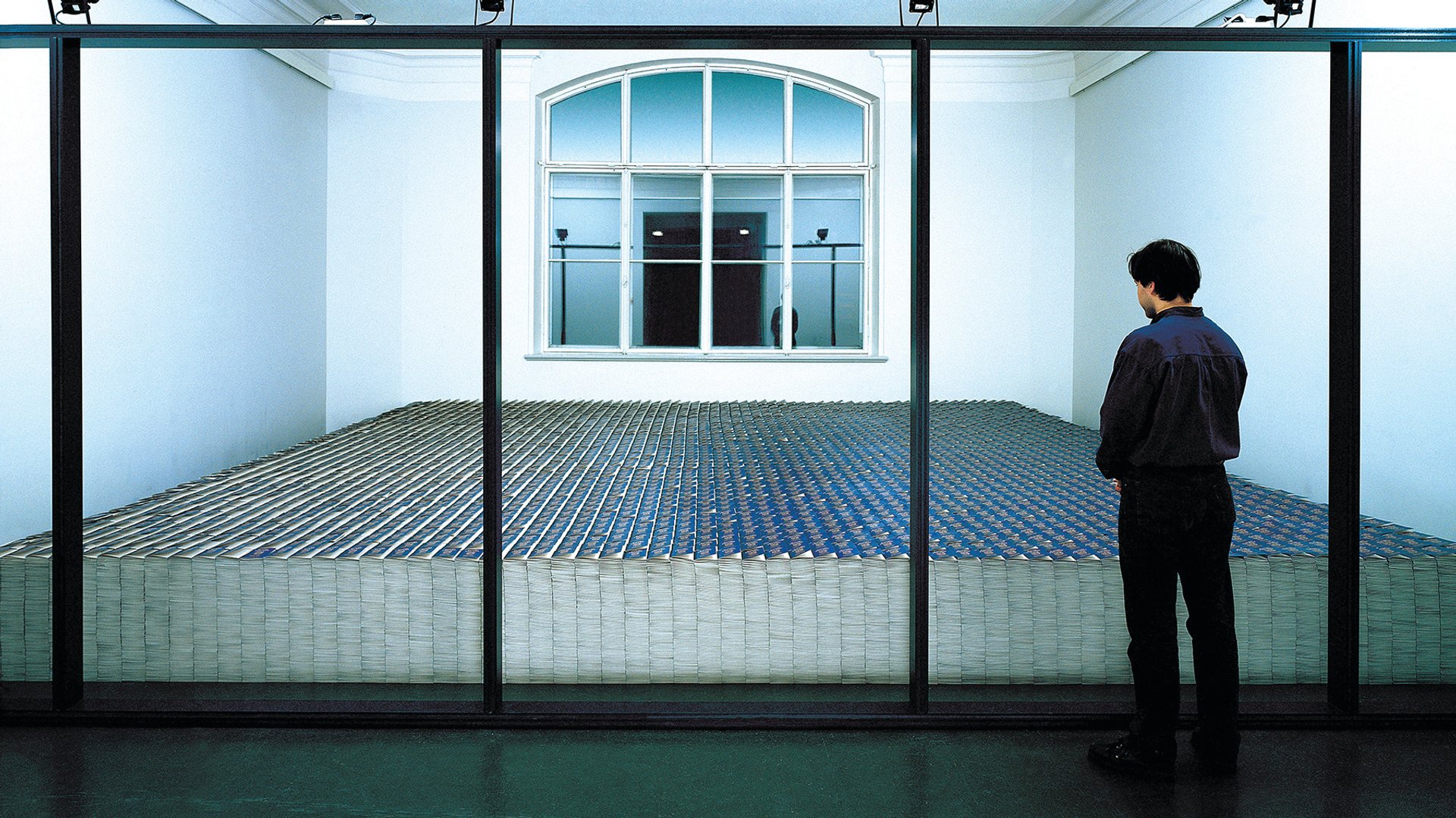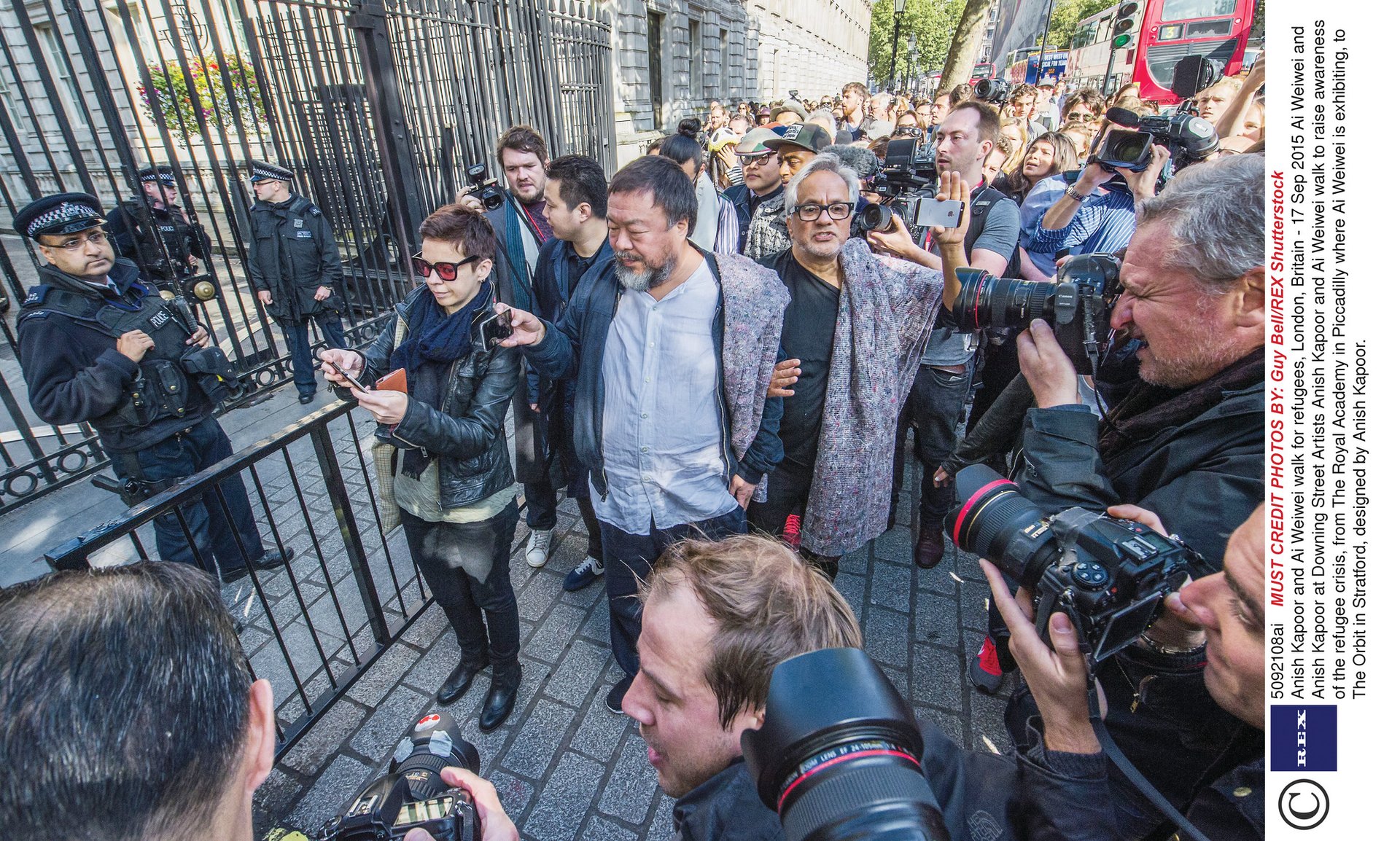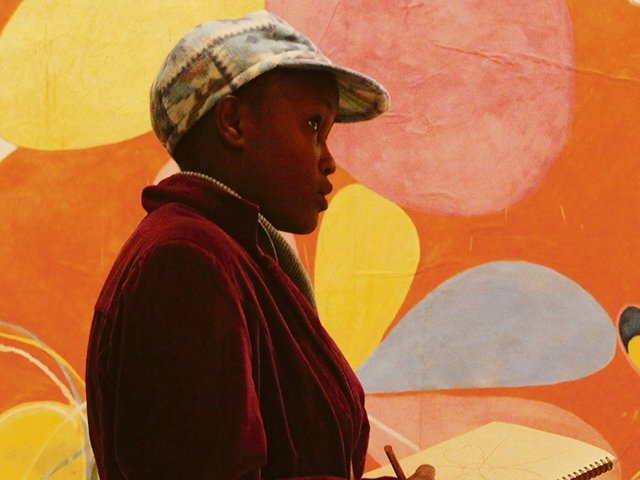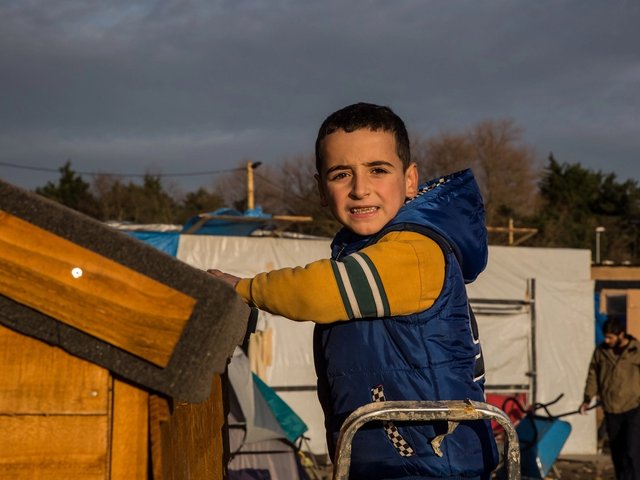Leading artists are speaking out about Europe’s chaotic response to the refugee crisis and the anti-immigrant rhetoric of politicians who are closing their country’s borders. As thousands of people caught up in the civil war in Syria and other conflicts risk their lives while fleeing to northern Europe, millions face another winter in refugee camps in countries neighbouring Syria and in northern Iraq.
“I find Europe’s answer absolutely deplorable and ignoble,” says Alfredo Jaar, who visited Kosovo this summer. “Four years ago, the exodus started.” The South African artist William Kentridge says: “It’s as if Europe has just woken up to what has been going on in Africa for decades. It is completely shocking.”

The Berlin-based artist Olafur Eliasson is dismayed by the “clumsy, inhumane and inefficient way” in which Europe’s politicians have responded to the crisis so far. “The art world is part of the real world; it just happens to be a small world, thanks to the art market,” he says. With an exhibition due to open in Vienna in November, he is thinking about what his studio might be able to do for refugees in the city, mindful that any action could be criticised by some as being exploitative. One thing people need is a job, he says; perhaps there is a way of making “art jobs”? Networks within the art world, which bring artists into contact with influential people, can be mobilised, he believes.
Two artists have made a high-profile stand against politicians’ lack of compassion and imagination in offering a safe haven for refugees. The Chinese artist Ai Weiwei and the British artist Anish Kapoor met for the first time in London in September and immediately agreed to walk across the city in solidarity with refugees trudging across Europe. They were accompanied by around 300 supporters, including members of their respective studios, and plan to repeat the symbolic action in 100 cities.

“Compassion problem” Kapoor, who visited a refugee camp in Jordan last year, having been invited by Unicef, says that with more than 50 million refugees worldwide, “we have a compassion problem. Artists have a voice and we must talk about this really serious issue. We expect some humanity from our so-called leaders.” Kapoor, who is working with young architects to design homes for refugees that are better than canvas or converted shipping containers, is under no illusions about what artists can do on a practical level. “Projects rarely affect the situation, but it does bring a sense of being concerned,” he says.
Meanwhile, Ai is working with the Baghdad-based Ruya Foundation to take further a project that began with his choosing drawings by refugees in three camps in northern Iraq for the country’s pavilion at the Venice Biennale (until 22 November). Two members of the artist’s studio visited the camps in Iraq this summer. Tamara Chalabi, the chairwoman and co-founder of the Ruya Foundation, says that art helps people who are suffering from depression and coping with trauma to “create culture while theirs is being destroyed”. The foundation hopes to create a permanent workshop in one of the largest camps, which is home to 25,000 people, including members of the Yazidi minority persecuted by Isil. The support of a public figure such as Ai helps to “make people listen and pay attention”, she says.
Dismayed by the British government’s rhetoric and grudging attitude towards refugees, the London-based artists Adam Broomberg and Oliver Chanarin expressed their frustration in an email in early September.
They received an instant response from around 300 artists and curators, which led to a published “call to action” aimed at the UK government. Broomberg says that artists can speak out in a way that charities and non-governmental organisations that “are beholden to governments” for part of their funding cannot. Within days, the artists and their supporters raised the money to place a full-page advertisement in the Guardian newspaper, published the day before a demonstration took place in London in solidarity with refugees. The signatories included more than 20 artists, as well as architects, writers and actors (see below). “It took a naive idiocy to try to do it,” says South African-born Broomberg.
Act of charity When the Iranian photographer Newsha Tavakolian was named as a Prince Claus Laureate in September, she donated part of her award to charities helping Syrian and Iraqi refugees. The photojournalist and Magnum nominee says: “People in Syria and Iraq, while living under the worst circumstances, have always welcomed me with open arms, allowing me into their lives,” she says. “As a photographer, you come to take. I think it is only fair to give back.”
Refugee crisis: organising a call to action The artists Adam Broomberg and Oliver Chanarin spent a hectic week in September organising a “call to action” to help refugees, which was aimed at the UK government and was signed by more than 20 artists as well as actors, architects and writers. The advertisement in the Guardian newspaper, which offered the page at a discount rate, was designed for free by A Practice for Everyday Life. Donors included Lisson Gallery, Gagosian Gallery, White Cube, Victoria Miro, Thomas Dane and Goodman Gallery. Broomberg is grateful for the support of the many people who helped to organise the appeal, in particular the philanthropist Nicoletta Fiorucci, Hans Ulrich Obrist, the co-director of the Serpentine Gallery, and Brett Rogers, the director of the Photographers’ Gallery, also in London.



